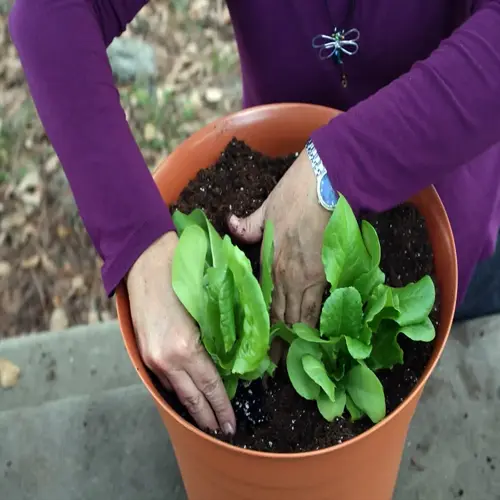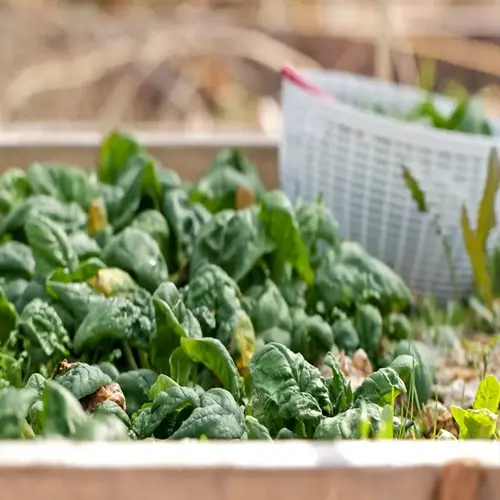How long until radish seeds sprout?

Written by
Kiana Okafor
Reviewed by
Prof. Samuel Fitzgerald, Ph.D.Seedlings proliferate under ideal conditions, often within 4-10 days, depending on the soil temperature and the variety of seeds used. In general, when soil temperatures drop below 50°F, root crops and radish seeds germinate much more slowly. On the other end of the scale, if soil temperatures exceed 75°F, poor germination and results will occur. Consistently moist soil and loosely tilled soil create ideal conditions for seedlings to proliferate.
Temperature Effects
- 50-65°F: Ideal range for most varieties
- 40-50°F: Slows sprouting by 3-5 days
- Above 75°F: Causes irregular or failed germination
- Use soil thermometer for accurate readings
Variety Differences
- Cherry Belle: 4-6 days in optimal temperatures
- Daikon: 7-10 days due to larger seed size
- French Breakfast: 5-7 days with consistent moisture
- Winter types need cooler soil than spring varieties
To improve germination, prepare the soil properly, plant seeds (for most crops) at a depth of 1/2 inch in loose, well-drained soil. Maintain the soil at a moisture level that prevents waterlogging the seeds. I also cover the beds with burlap until sprouts appear to keep the moisture in. Covering also helps prevent crusting on the surface, which can cause seedlings to break through the soil.
Troubleshooting slow seed germination may be trivial. After a period of 10 days or more without germination, first check the soil temperature. Next, check the planting depth: if seeds are planted too deep, emergence will be delayed. If deeper than the recommended depth, replant shallowly. Old seeds lose ability to germinate. Before planting seed, cut a few seeds, to test germination success.
Safeguard seedlings from common threats. Flea beetles attack young sprouts: apply row covers right after planting. Slugs eat new growth: sprinkle diatomaceous earth around beds. Birds uproot seedlings: use reflective tape for deterrence.
Acknowledge signs of successful germination. They initially appear as small loops pushing through the soil, and then these turn into stems. The initial leaves (cotyledons) will be rounded and thick. The true leaves will follow within a few days as they take shape, reflecting the variety.
Read the full article: When to Plant Radishes: Expert Tips

